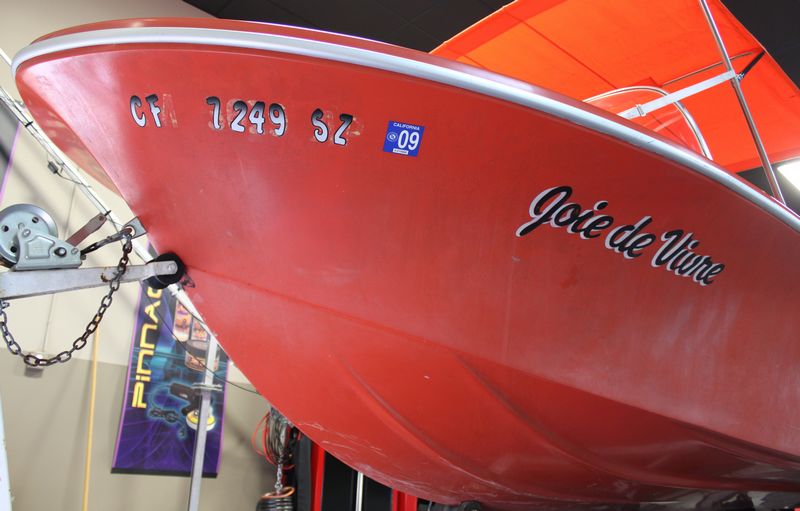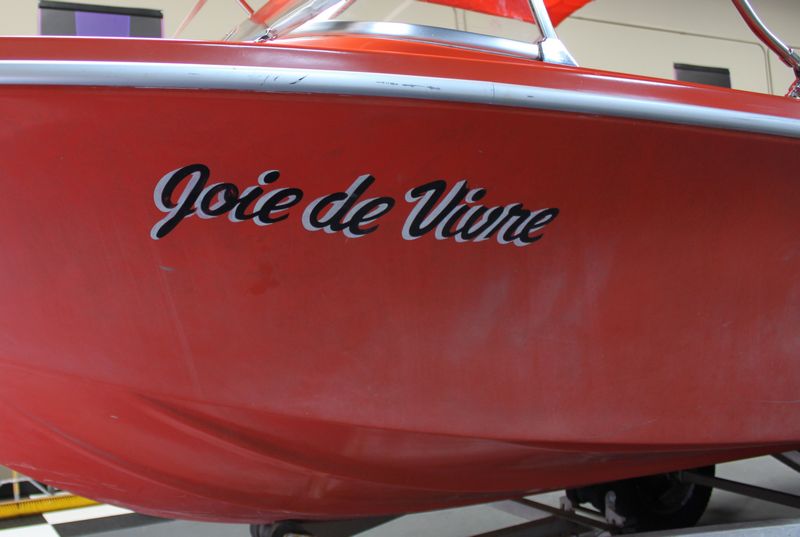I can attest to that. I worked full-time in the autobody/painting industry throughout the 1970s and continued as a second profession specializing in custom and restoration work through the 1980s and 1990s.
The first time I used a foam pad was in about 2015.
Thanks for sharing the above.
Even today, when I think back about the 3 years I called on shops, large and small all over the Pacific Northwest I'm still amazed at how many fine folks in the body shop industry had NEVER seen a foam pad.
Back in the 1980s, the only pad I knew of was the Meguiar's foam pads, W1000, W5500 (rotary pads) and the W6000, (the first DA foam pad)
Here's my story about the first DA Foam Pads
The history behind polishing paint with a DA Polisher
Car Wax History
I'm pretty sure I'm the only guy alive that knows this history, has this stuff and also TYPES and shares PICTURES like you see in the full article I linked to above.
Barry Meguiar would know this history but he doesn't write articles or share stories like this on the Internet. I'm sure there are others that have been around long enough to know this stuff but same old story, none of the type and none of them know how to make picture magically show up on the Internet.
Prior to that, much of my "hologram-free" final finishing was accomplished by following all buffing cycles by a hand finishing.
The above would actually work. You no doubt possess the skills to "hand polish". I rarely meet anyone that actually know how to hand polish.
Another method I used to produce hologram-free finishes was a final buff using Meguiar's #3 Machine Glaze followed by a hand application of an AIO.
[/quote]
Here's an old bottle of M3 or Meguiar's Machine Glaze. The #3 was simply a wetter, and still non-abrasive version of #7 Show Car Glaze.
M03 Machine Glaze in the Cylinder Bottle, probably from the 1960's or 1970's.
I was told that cylinder bottles were chosen because the could be easily slipped into a apron pocket in the professional side of the industry...
More pics like the above here,
Some Vintage Meguiar's Products from my Collection (Lots of pictures)
Although my memory may be skewed a little, as its been a long time, the #3 with a wool finishing pad did a really good job of removing the compounding holograms. Not hiding them, but actually removing them. Then a few applications of an AIO by hand completed the process.
#3 like #7 was VERY oily and like Liquid Ebony, (mineral oil), and even like #7, all it really does is fill light swirls and scratches in and mask them temporarily. Neither #3, #5 or #7 were abrasive or had any abrading ability.
Here's #5 New Car Glaze - this was a dryer version of #7
Any abrading ability would have come from the application material and process. Rubbing by hand maybe could have removed holograms. Pressing a fiber pad against paint - the fibers would continue to instill holograms. They might remove pre-existing holograms but they would simply replace them with new, perhaps finer holograms. That's the deal with rotary polishers.
Always like to hear your comments...
:cheers:




















